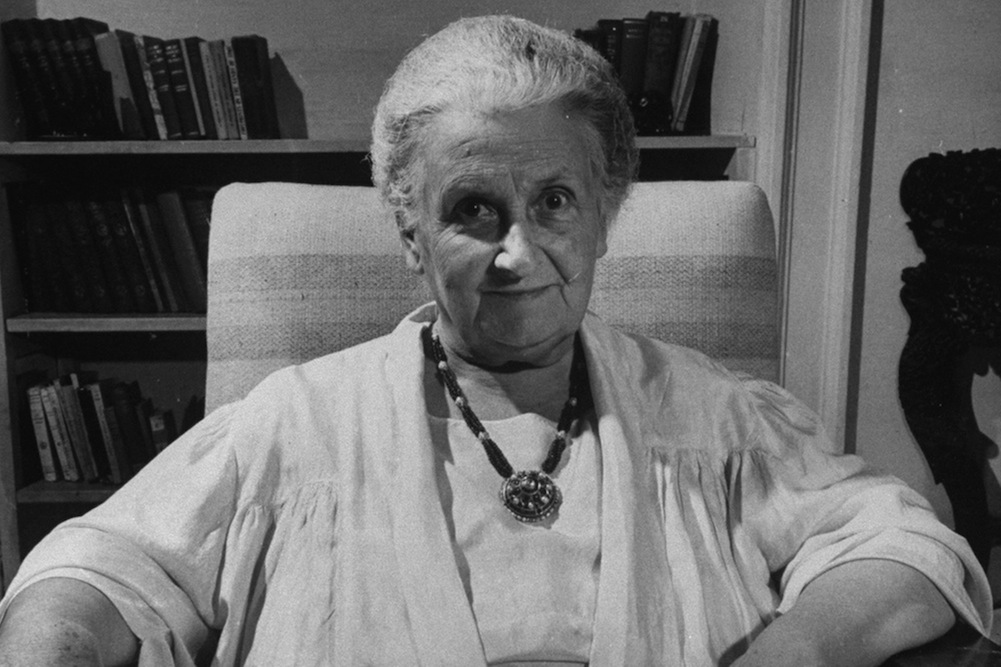If you find yourself not sure if you should download one more app for your 2-year -old’s ipad because he or she already spends a large amount of time on a computer like device then you should a 99-page report called ‘Fool’s Gold: A Critical Look at Computers and Childhood.’ It was written by a group called the Alliance for Childhood, which includes 75 educators, child-development specialists and physicians – many of them nationally renowned leaders in their fields – plus a handful of technology experts. The report question a mainstream idea that the more access a child has to a computer the more in their schools, homes, stores, and wherever else they spend their time the better off they will be. The assumption that young children do benefit long term from increased computer use has never truly been proven. What has been expressed by scientific researchers and computer professionals is that there is a strong possibility of detrimental effect of computer use on early childhood development. This assumption is however thoroughly grounded in the scientific understanding of human development.
Neurological research confirms Montessori’s observation that different developmental issues are primary at different ages. In preschool children, sensory and motor skills, and the neural regions most related to them, are paramount. By pushing computer use at such a crucial stage for brain development, we are depriving our child’s intelligence of the actual food it needs for optimal growth. Fool’s Gold asserts that children need to learn their way first around the real world – ‘their bodies, their communities, nature – not cyberspace; they need hands-on experience, not simulations and content delivery, however rich in multimedia flourishes.’ At the time when the child’s brain needs to be absorbing how the natural world works, and adapting to human culture of its place and time, computer use can prevent the link. The report quotes from an article published by the National Science Board,
‘Computing and cyberspace may blur children’s ability to separate the living from the inanimate, contribute to escapism and emotional detachment, stunt the development of a sense of personal security, and create a hyper-fluid sense of identity.’
As an educator I have often wondered why the percentage of children with an ADHD diagnosis continues to increase, from 7.8% in 2003 to 9.5% in 2007 and to 11.0% in 2011. Could there be a correlation? What about children on the Autistic spectrum and the many other childhood conditions that continually increase over time. No one knows fore sure why but it does make me wonder…



